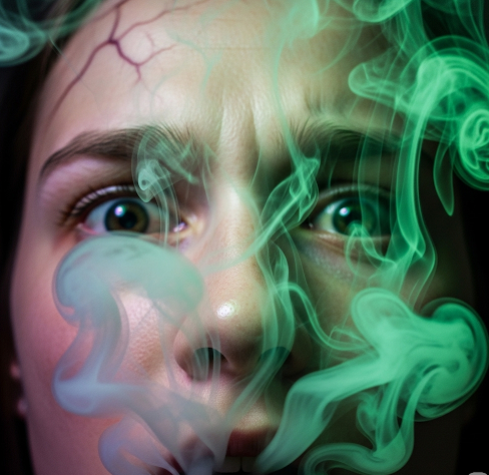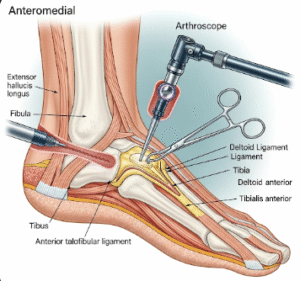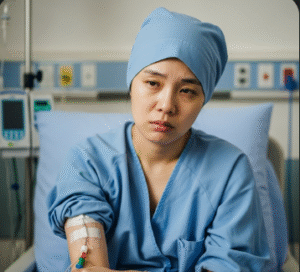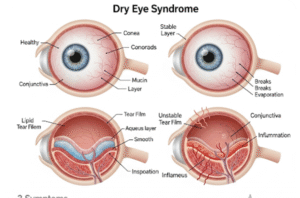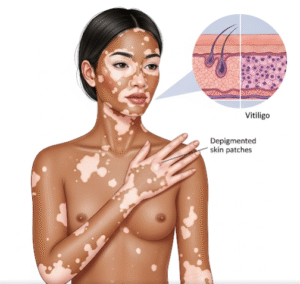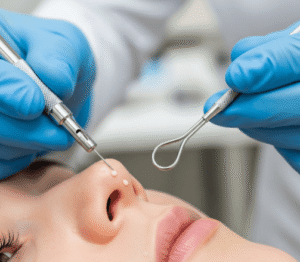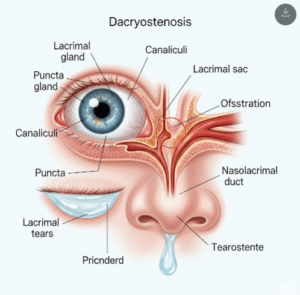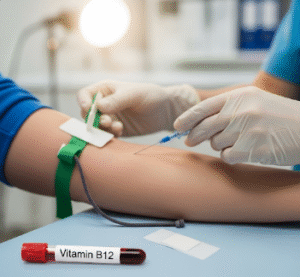Overview
Toxic fumes, also referred to as inhalation of hazardous gases or chemical vapors, pose a significant health risk when inhaled, causing respiratory, cardiovascular, and neurological complications. Exposure can occur in industrial workplaces, households, laboratories, or during accidents involving chemicals or fire. In South Korea, strict occupational safety regulations, advanced emergency care, and toxicology expertise help manage and prevent inhalation injuries. Prompt recognition and treatment of toxic fume exposure are critical to prevent long-term health issues and ensure patient safety.
What is Toxic Fumes Inhalation?
Toxic fumes inhalation refers to the breathing in of harmful gases, vapors, or airborne chemical particles that can damage the respiratory tract and other organ systems. Common sources include industrial chemicals (ammonia, chlorine, carbon monoxide), combustion byproducts, solvents, and pesticides. The severity of toxicity depends on the chemical composition, concentration, duration of exposure, and individual susceptibility. Inhalation of toxic fumes can result in acute symptoms, chronic respiratory diseases, or systemic organ damage. South Korean hospitals use specialized toxicology units and advanced respiratory support to treat affected patients.
Symptoms
Symptoms of toxic fume inhalation vary depending on the type of chemical, exposure level, and duration:
- Respiratory symptoms: Coughing, shortness of breath, wheezing, chest tightness, and throat irritation
- Neurological symptoms: Headache, dizziness, confusion, nausea, or fainting
- Cardiovascular effects: Rapid heartbeat, low blood pressure, or arrhythmias in severe exposures
- Ocular symptoms: Red, watery eyes, burning sensation, or temporary vision disturbances
- Gastrointestinal symptoms: Nausea, vomiting, or abdominal discomfort
- Skin reactions: Irritation, redness, or chemical burns in cases of combined contact and inhalation
Severe exposure may lead to respiratory failure, hypoxia, or multi-organ dysfunction if not promptly treated.
Causes
Toxic fume inhalation occurs when harmful chemicals are released into the air and inhaled. Causes include:
- Industrial accidents: Release of gases such as ammonia, chlorine, or hydrogen sulfide
- Household chemical exposure: Cleaning agents, paints, or solvents used in poorly ventilated areas
- Fires and combustion: Smoke inhalation containing carbon monoxide, cyanide, and particulate matter
- Environmental pollution: Exposure to industrial emissions, exhaust fumes, or hazardous waste
- Laboratory or chemical mishandling: Accidental spills or improper storage of volatile substances
In South Korea, occupational safety standards and environmental regulations aim to reduce exposure risks in industrial and residential settings.
Risk Factors
Certain factors increase susceptibility to the harmful effects of toxic fumes:
- Pre-existing respiratory conditions such as asthma, COPD, or bronchitis
- Cardiovascular disorders that exacerbate hypoxia
- High concentration or prolonged exposure to chemicals
- Inadequate ventilation in workplaces or homes
- Lack of protective equipment such as masks or respirators
- Children, elderly individuals, and immunocompromised patients are more vulnerable
Korean occupational health authorities provide training, safety protocols, and monitoring to minimize risk factors in high-exposure environments.
Complications
Inhalation of toxic fumes can lead to acute and chronic complications:
- Acute respiratory failure: Severe chemical-induced lung injury or pulmonary edema
- Chronic lung disease: Persistent cough, fibrosis, or decreased lung capacity
- Cardiovascular complications: Arrhythmias, heart failure, or systemic hypoxia
- Neurological effects: Cognitive impairment, memory problems, or seizures in extreme exposures
- Organ damage: Liver, kidney, or systemic toxicity depending on the chemical
- Psychological impact: Anxiety or post-traumatic stress following chemical accidents
Korean medical centers emphasize immediate intervention to reduce the risk of long-term sequelae.
Prevention
Preventive strategies are essential to reduce the risk of toxic fume exposure:
- Proper ventilation: Using exhaust fans or open windows during chemical use
- Personal protective equipment: Masks, respirators, gloves, and protective clothing
- Safe chemical handling: Following guidelines for storage, labeling, and disposal
- Workplace safety protocols: Regular monitoring, hazard assessments, and emergency drills
- Education and awareness: Training workers and the public about risks and first aid measures
- Monitoring environmental pollution: Governmental regulations to limit industrial emissions
In Korea, occupational safety agencies and industrial hygiene specialists implement rigorous preventive measures to safeguard workers and residents.
Treatment Options in Korea
Treatment for toxic fume inhalation in South Korea is immediate, supportive, and tailored to the specific chemical involved:
Emergency Response:
- Removal from exposure and transfer to a well-ventilated area
- Oxygen therapy to alleviate hypoxia and improve respiratory function
- Continuous monitoring of vital signs and oxygen saturation
Medical Management:
- Bronchodilators: For bronchospasm or wheezing
- Corticosteroids: To reduce airway inflammation in chemical-induced lung injury
- Antidotes: For specific toxins, such as methylene blue for methemoglobinemia or cyanide antidotes
- Fluid therapy: To support cardiovascular function and prevent dehydration
Advanced Care:
- Mechanical ventilation for respiratory failure
- Intensive care monitoring for multi-organ involvement
- Pulmonary rehabilitation programs for long-term lung recovery
Supportive Measures:
- Symptom management for nausea, pain, or eye irritation
- Follow-up imaging and pulmonary function tests to assess recovery
- Patient education on avoidance of future exposures and environmental safety
South Korea’s emergency and toxicology centers provide rapid, evidence-based care, combining acute management with long-term monitoring to prevent complications and optimize recovery.

